Famous Landmarks Damaged Or Destroyed By Hurricanes
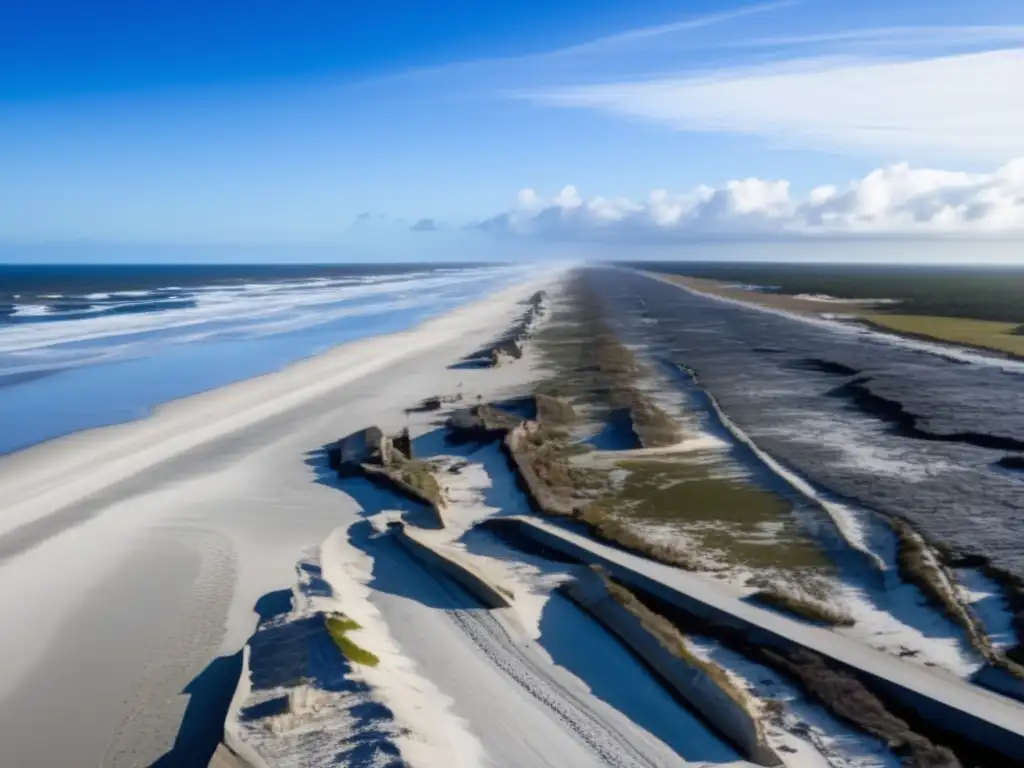
Famous Landmarks Damaged or Destroyed by Hurricanes
Introduction
Hurricanes are powerful forces of nature that can cause catastrophic damage to life and property. Over the years, many famous landmarks have been damaged or destroyed by hurricanes, leaving a lasting impact on their history and cultural significance. In this article, we'll take a closer look at some of the most notable landmarks around the world that have been impacted by hurricanes and explore the lessons we can learn from these events.
The Statue of Liberty
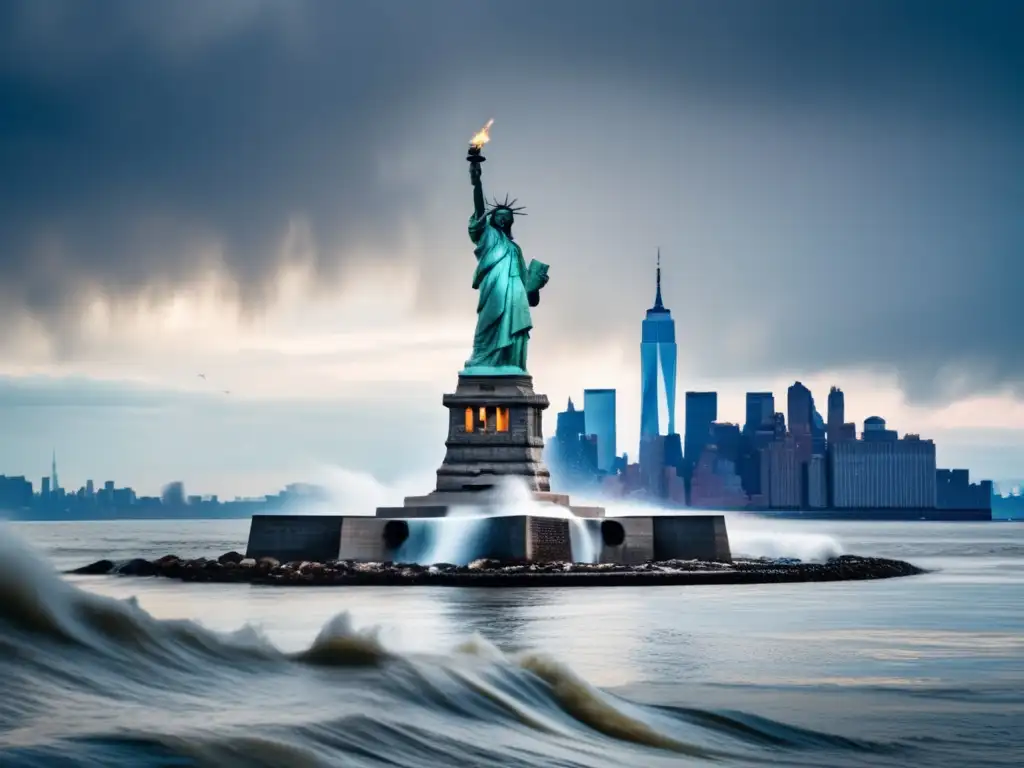
The Impact of Hurricane Sandy
In October 2012, Hurricane Sandy made landfall in New York City, causing widespread destruction and flooding. One of the most iconic landmarks in the city, the Statue of Liberty, was not spared from the storm's wrath. The statue itself survived the hurricane, but its pedestal and surrounding infrastructure were damaged. The storm caused more than $77 million worth of damage to Liberty Island, where the statue is located.
In the aftermath of Hurricane Sandy, it became clear that the Statue of Liberty was vulnerable to future storms and potential sea-level rise. As part of the recovery efforts, the National Park Service initiated a project to fortify the island's infrastructure and protect it from future disasters. This project included elevating critical facilities, building new sea walls, and enhancing drainage systems.
The New Orleans Superdome

The Devastation of Hurricane Katrina
In August 2005, Hurricane Katrina struck New Orleans, Louisiana, causing widespread flooding and destruction. One of the most high-profile sites devastated by the storm was the New Orleans Superdome, a massive sports arena that had been used as a shelter for thousands of residents during the storm. The Superdome suffered significant damage, including a torn roof and flooding from the storm surge.
After Hurricane Katrina, the Superdome became a symbol of the devastation wrought by the storm and the challenges faced in its aftermath. In the years that followed, extensive renovations were made to the facility to repair the damage and enhance its resilience to future storms. Today, the Superdome stands as a testament to the resilience of New Orleans and its people in the face of disaster.
The Great Barrier Reef
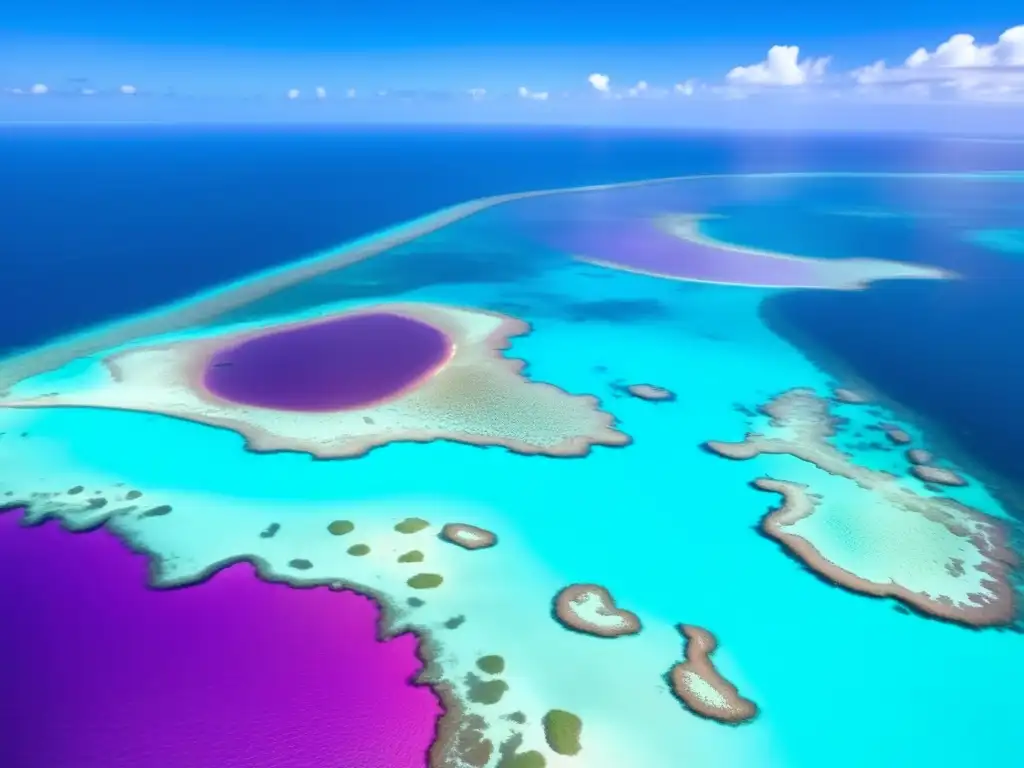
The Impact of Cyclone Yasi
In February 2011, Cyclone Yasi hit the coast of Queensland, Australia, bringing with it winds of over 150 miles per hour and waves as high as 45 feet. The storm caused significant damage to the Great Barrier Reef, one of the most biodiverse ecosystems in the world. The reef suffered extensive coral loss and damage to its structure, leaving many concerned about its long-term future.
In the aftermath of the storm, researchers and conservationists have been working to understand the extent of the damage and to develop strategies for protecting and restoring the reef. Efforts have included coral planting and transplantation, reducing pollution and other environmental stressors, and enhanced monitoring and research efforts to better understand the impacts of climate change on the reef and the ocean ecosystem as a whole.
The Galveston Seawall
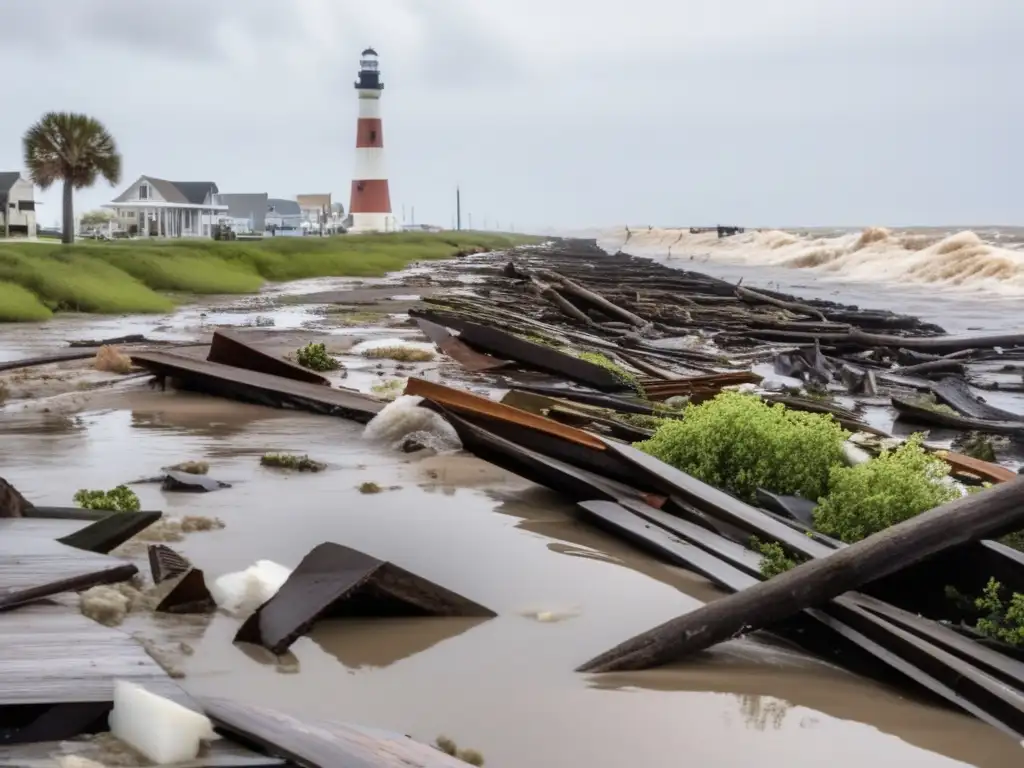
The Impact of the 1900 Hurricane
The Galveston seawall is one of the most iconic landmarks on the Texas Gulf Coast. It was built in response to the devastating 1900 hurricane that struck the city, killing thousands of residents and causing widespread destruction. The seawall was designed to protect the city from future storms, and it has been credited with saving countless lives in the years since its construction.
Over the years, the Galveston seawall has undergone regular maintenance and upgrades to enhance its resilience to future storms. It is now one of the most well-known and effective coastal protection systems in the world, serving as a model for other communities facing similar threats from hurricanes and other natural disasters.
Frequently Asked Questions
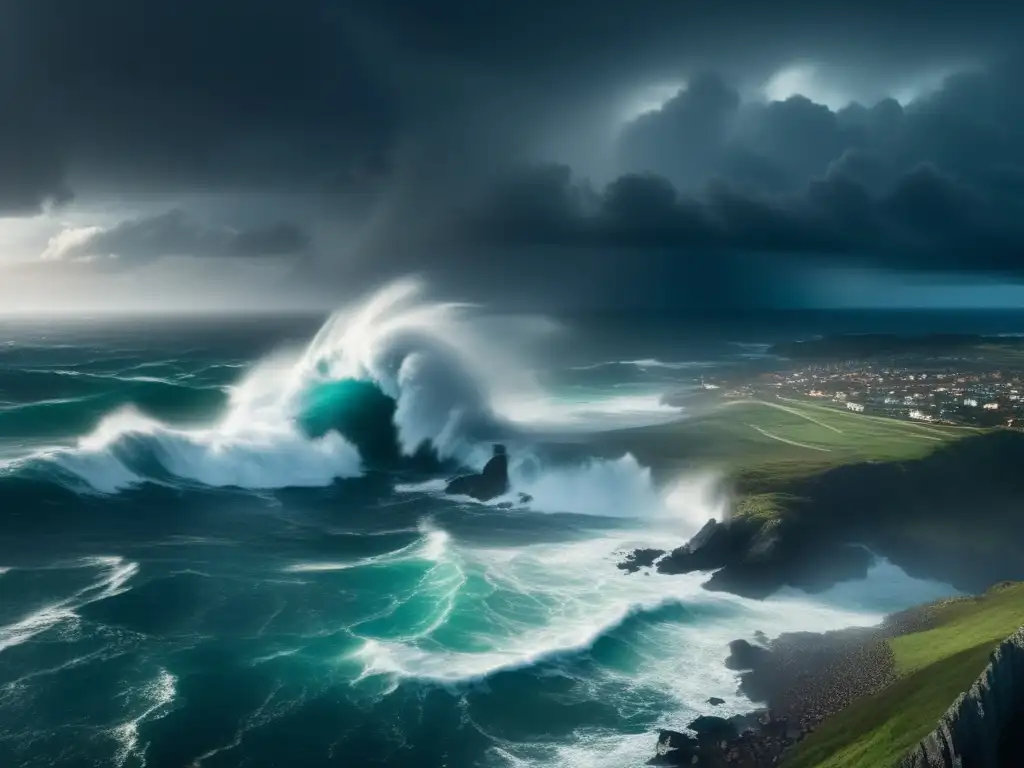
-
Can famous landmarks be insured against hurricane damage?
Yes, many famous landmarks are insured against hurricane damage, just like any other property. However, the cost of insurance can be higher for these types of properties due to their unique historical and cultural value.
-
How do hurricanes impact tourism to areas with famous landmarks?
Hurricanes can have a significant impact on tourism to areas with famous landmarks. When these landmarks are damaged or destroyed, it can deter tourists from visiting the area, leading to economic losses for local businesses and communities.
-
What lessons can we learn from these events?
The damage caused by hurricanes to famous landmarks underscores the importance of disaster preparedness and resilience planning. By investing in protective infrastructure and mitigation measures, we can reduce the impact of future storms and protect our most valuable assets from destruction.
-
Are there any positive outcomes from hurricane-related damage to landmarks?
In some cases, the damage caused by hurricanes has led to new investments and improvements in damaged landmarks and their surrounding infrastructure. These initiatives can help to enhance the resilience of these sites to future storms and improve public safety and accessibility for visitors.
-
How can individuals support recovery efforts for hurricane-damaged landmarks?
Individuals can support recovery efforts by donating to relief organizations and volunteering their time and skills to local recovery initiatives. Supporting businesses in affected areas and spreading awareness of the importance of disaster resilience can also help to make a positive impact.
Conclusion
These are just a few examples of the many famous landmarks that have been impacted by hurricanes over the years. However, they demonstrate the importance of disaster preparedness and resilience planning in protecting our most valuable assets from destruction. By working together and investing in protective measures and restoration efforts, we can minimize the impact of future storms on our cultural heritage and ensure a safer and more secure future for all.
If you have any thoughts or comments on this topic, please feel free to share them in the comments section below. Thank you for reading, and we hope that this article has provided valuable insight into the impact of hurricanes on our most beloved landmarks.
Additional Resources

For more information on hurricanes and disaster resilience, please visit the following resources:
 The Connection Between The Moon And Hurricanes
The Connection Between The Moon And Hurricanes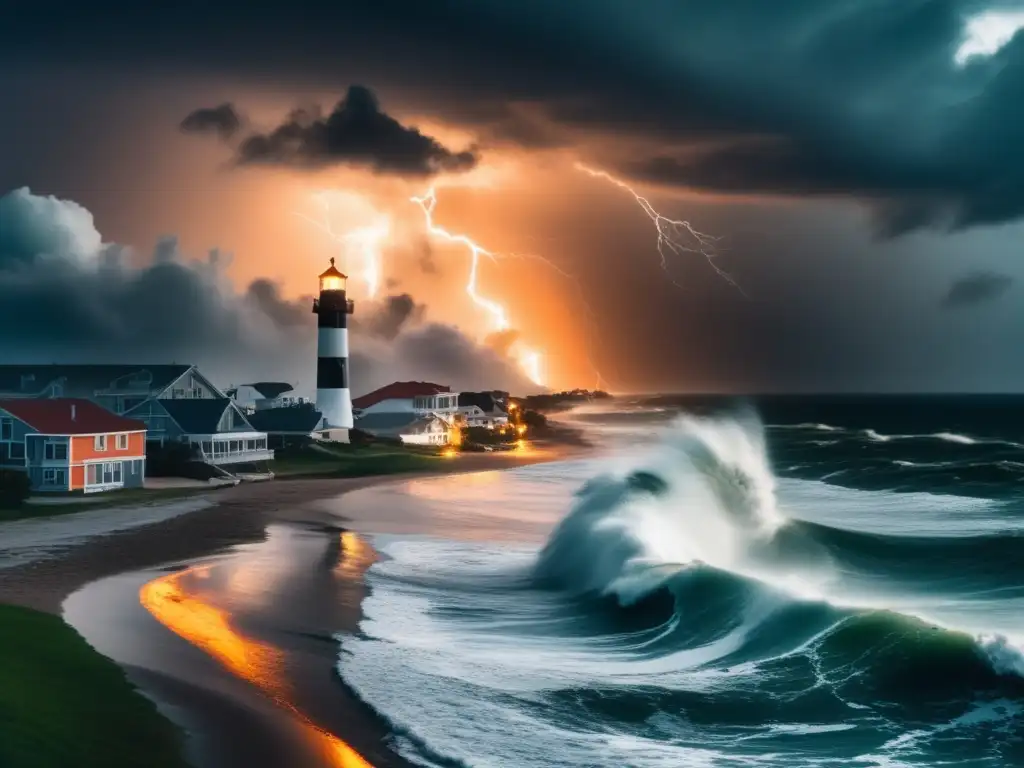 How The Public Responds To Hurricane Warnings
How The Public Responds To Hurricane Warnings The Role Of Non-profits In Hurricane Relief And Recovery
The Role Of Non-profits In Hurricane Relief And RecoveryIf you want to discover more articles similar to Famous Landmarks Damaged Or Destroyed By Hurricanes, you can visit the Basic knowledge about hurricanes: category.
Leave a Reply

Articulos relacionados: